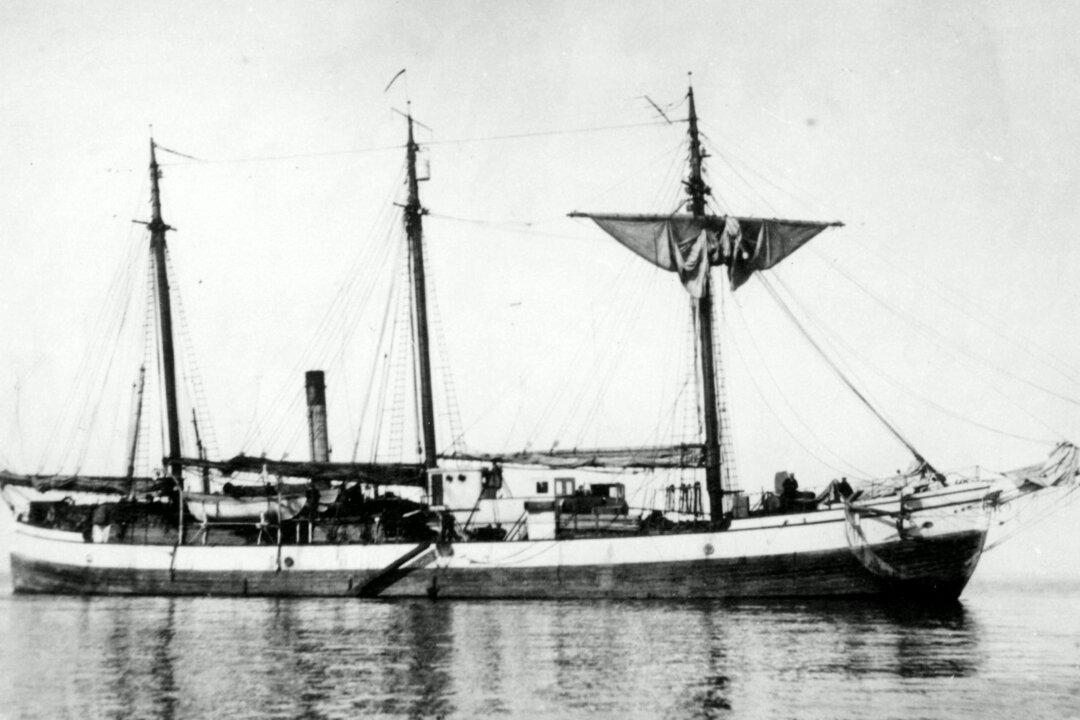Commentary
“He’s a strong guy … a real Bernier!” exclaimed Jean-Baptiste Bernier, the proud grandfather. He and the boy’s father, Thomas Bernier, were confident the lad would grow up to be a sea captain.

“He’s a strong guy … a real Bernier!” exclaimed Jean-Baptiste Bernier, the proud grandfather. He and the boy’s father, Thomas Bernier, were confident the lad would grow up to be a sea captain.